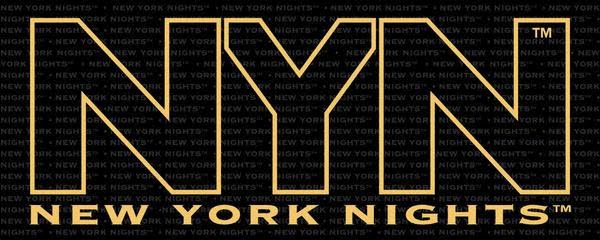
The Nightlife Report for July 22, 2010
Compiled by Gamal Hennessy
I hunt down the nightlife news so you don’t have to…
Controversy
Greenhouse
(Eater)
If someone is killed out side of a Whole Foods, Chase Bank or Starbucks, the location of the crime is not the focus of the story. When someone is killed outside of a club, that club is immediately associated with the crime. Case in point: disgraced EMT Jason Green was shot and killed over the weekend by a man who drove up in a car. Mr. Green wasn’t in the club and he didn’t come out of the club. The shooter wasn’t the club either. But the club is being targeted as a breeding ground for crime. Greenhouse doesn’t have the cleanest record in the industry, but even if it did, how can a club be held responsible for crimes that take place on the street?
Changes
Boom Boom Room
(Club Planet)
The ultra exclusive club of the moment is taking another step towards on the road of “you might never get in here.” The local community board approved a plan that would allow the hotel lounge to become a private venue after 10 PM. Prospective members will now have to fill out an application, be pre-selected and pay a fee for the chance to drink with celebrities. How many more high end venues will follow the members only option? Will membership fees replace bottle service and become as common as gym fees? Stay tuned…
Reopening
M2
(Club Planet)
The dark streets of West Chelsea could be getting a little brighter. M2 which was shut down a few months back along with several other venues in the area, is set to reopen after working out an arrangement with the Department of Health. The club was closed after health officials and police found that the operators were willingly violating the smoking ban by allowing patrons to smoke and even selling cigarettes. While the reopening might be good news for West Side patrons, M2 will clearly be under a microscope. Local officials, police and residents of the new luxury condos in the area might all be looking for a reason to close the venue for good.
Driving
Mandatory Breathalyzer Tests for Former Drunk Drivers
(The Telegraph)
New York is preparing to impose stricter rules on anyone who drinks and drives. Drivers convicted of DWI will have to have a device installed in their car that administers an automated breathalyzer test every time they get behind the wheel for six months. If you fail the test, your car won’t start. While this could possibly reduce the number of repeat DWI and save lives it might not be foolproof. We don’t know if drivers will be able to dismantle this device and I can think of a few scenarios where offenders enlist the aid of a “designated breather” to fool the machine into letting them behind the wheel. But if you knowingly get into a car with a drunk and help him drive drunk, you probably won’t live long enough to make that a habit…
Personalities
This week two nightlife operators are sharing the limelight. Andy Shaw of Shaw Promotions talked with NBC Nite Talk about his TRASH party and the rise of Brooklyn nightlife and Angelo Bianchi talks to the New York Times about his experiences with Beatrice (Inn) and Jane (Ballroom)
Have fun.
Gamal






